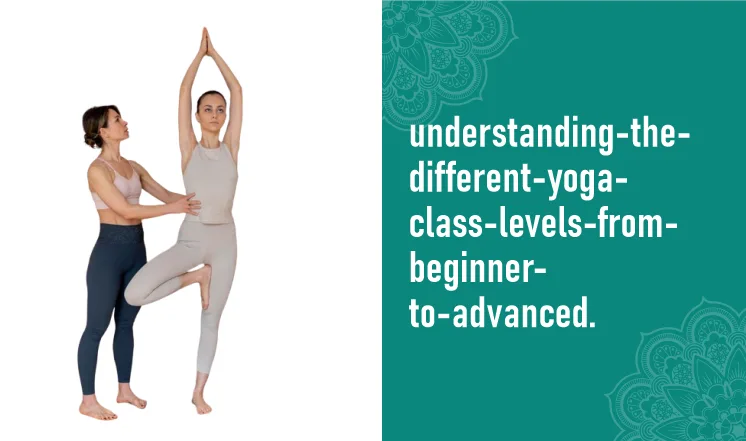- Begin with a tabletop position, ensuring proper alignment of wrists and knees.
- Inhale, arching the back (cow pose), and exhale, rounding the spine (cat pose).
- Repeat the sequence, syncing breath with movement for a fluid experience.
- Beginners can start with slow and controlled movements.
- Advanced practitioners can explore variations, such as adding leg lifts or incorporating props for added challenge.
- Begin in a kneeling position, sitting back on the heels.
- Extend the arms forward with palms resting on the floor.
- Lower the torso, bringing the forehead to the mat.
- Start in a plank position, then lift the hips toward the ceiling.
- Straighten the legs, bringing the heels toward the floor.
- Maintain a straight line from wrists to hips.
- Beginners can slightly bend the knees to ease into the pose.
- Advanced practitioners can explore variations like one-legged downward dog or incorporating twists for added challenge.
- Lie on the stomach with palms under the shoulders.
- Inhale, lifting the chest while keeping the lower body grounded.
- Focus on opening the chest and arching the upper back.
- Lie on the back with knees bent and feet hip-width apart.
- Inhale, lifting the hips toward the ceiling.
- Engage the glutes and lower back muscles.
- Placing a yoga block under the sacrum enhances support.
- This modification is particularly useful for individuals with lower back issues.
- Creating a sequence that flows seamlessly from one asana to the next.
- Ensuring a balance between poses that strengthen, stretch, and relax the back.
- Start with a shorter duration and fewer repetitions.
- Gradually increase intensity as the body adapts to the practice.
- Emphasizing the importance of mindfulness during practice.
- Being attuned to the body’s signals and adjusting the routine accordingly.


